Earliest known human sacrifice
The national treasure Hoang Long bronze jar is currently in the collection of collector Luong Hoang Long (Hoi An Ward, Da Nang City; formerly Hoi An City, Quang Nam Province). The jar is 58 cm high (including the lid), 39 cm in diameter at the mouth, and 35.5 cm in diameter at the base. The treasure was collected and passed down by Mr. Long's ancestors.
The pictures of hunting dogs are considered extremely vivid.
PHOTO: PROVIDED BY DEPARTMENT OF CULTURAL HERITAGE
The Hoang Long bronze jar has a lid with a star in the middle. The lid also has a decorative rim with 4 birds flying counterclockwise. The birds have wide wings, long triangular tails, long beaks, concentric circle eyes, and a tuft of feathers on the back of their necks. In particular, on the lid of the jar are statues of 4 very vivid hunting dogs: The dogs have slender bodies, heads with eyes and mouths, two raised ears, pointed and raised tails, and 4 legs.
The body of the jar has 18 decorative rings. Of which, ring 9 is the widest and is also the main decorative ring. The treasure records show that this decorative ring depicts a fleet of boats moving from left to right, consisting of 4 boats following each other. On all 4 of these boats, there are sacrificial activities.
On the first boat, there is a person rowing, a person standing on the deck of the boat holding the hair of the sacrificer, a drummer holding a sacrificer in his hand, and a person holding a bow and arrow. In particular, there is a chicken standing on the bow of the boat and a xiem (a xiem is a tool to help the boat balance when moving). On the second boat, there is a person rowing, a person holding an ax and a skull, a person holding a dagger holding the hair of the sacrificer preparing to be sacrificed... On the third boat, there is also a sacrificer imprisoned in the upper deck, a person holding an axe holding the hair of the sacrificer... On the fourth boat, there is a person holding the hair of the sacrificer in one hand and holding a spear in the other hand...
Researchers assessed that the pattern of these four boats is the most beautiful realistic pattern of the Hoang Long jar. "This is probably a type of seagoing boat because in addition to its large size, it can carry many people and objects. In addition, the boat also has a pattern of a "Siamese" (a small boat) on the lower part of the bow to maintain balance. Compared to other simple boats with rowing functions in documents and artifacts of the Dong Son culture, this part is not found," the Hoang Long jar treasure file analyzed.
Also according to the treasure file, the image of human sacrifice right in the center of the boat is described very clearly. According to the National Heritage Council, this sacrificial scene is sometimes seen on Dong Son bronze jars, however, the large, clear and sharp patterns like on Hoang Long jars are very rare. "On Hoang Long bronze jar, it is the clearest evidence of the earliest human sacrifice ritual in our country's history ever known," the file said.
These images also open the way for comparison with later sacrificial practices. For example, capturing people who strayed into the village to sacrifice to the Tiger God in Ngoc Cuc village, Hai Duong province, now part of Hai Phong city (according to Vu Trung's essay , this custom was abandoned in 1,800); or the Hoang Sa "khao le the linh" ceremony to pray for soldiers to return safely by building a boat with a wooden soldier statue and releasing it into the sea...
Chicken on the bow and dog statues
Researchers also highly appreciate the realistic pattern of a rooster standing on the bow of a boat. structure, although roosters appear frequently on Dong Son bronze drums and jars, there is no artifact with a rooster standing on the bow of a boat. Usually, it often appears alone next to a scene of a person pounding rice.
Hoang Long bronze jar
PHOTO: PROVIDED BY DEPARTMENT OF CULTURAL HERITAGE
According to the treasure records, chickens are important offerings in human rituals of praying to the gods: Hung Vuong challenged to marry a nine-spurred chicken in Son Tinh, Thuy Tinh; An Duong Vuong defeated the white chicken demon before building Co Loa citadel... With Hoang Long jar, the chicken standing at the bow of the boat is also assumed to be a proportional reference to show the size of the boat. It must also be said that on the boat there is an image of a bronze drum, suggesting the boats that crossed the sea to trade. Thanks to that, our type I bronze drums also appeared in Indonesia, Malaysia, Thailand, Cambodia or southern China.
In addition, the dog statues in the Hoang Long bronze jar are also highly appreciated for their vividness and uniqueness. These statues are all facing the star on the top of the jar's lid, with their ears perked up, mouths slightly open, and front legs stretched out as if they were hunting. According to the treasure records, no jar has ever had a similar set of dog statues. The dog statues look very simple, only depicting basic lines, but all four dogs seem to be working together on a hunting trip. It also demonstrates the level of metallurgy and bronze casting, far surpassing other regions in the Southeast Asian region.
According to the records of the Department of Cultural Heritage, ethnographic documents show that dogs are sacred totems of the Co Tu people, an ethnic group with similar elements in customs and practices, considered descendants of the Dong Son people. The dog ancestor also appears in many ancient stories of the Xe Dang, S'tieng, Cham, Dao, Lo Lo people... Therefore, the existence of the dog statue on the Hoang Long bronze jar could be a "cultural fossil" of the concept of dogs as totems of a tribe or ethnic group. (continued)
Source: https://thanhnien.vn/doc-la-bao-vat-quoc-gia-thap-dong-hoang-long-ke-chuyen-hien-te-nguoi-185250707231853776.htm


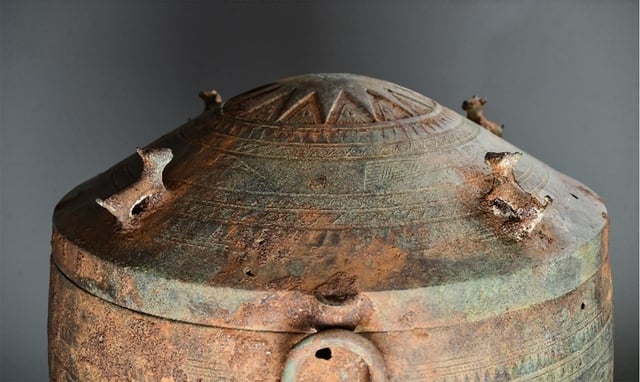
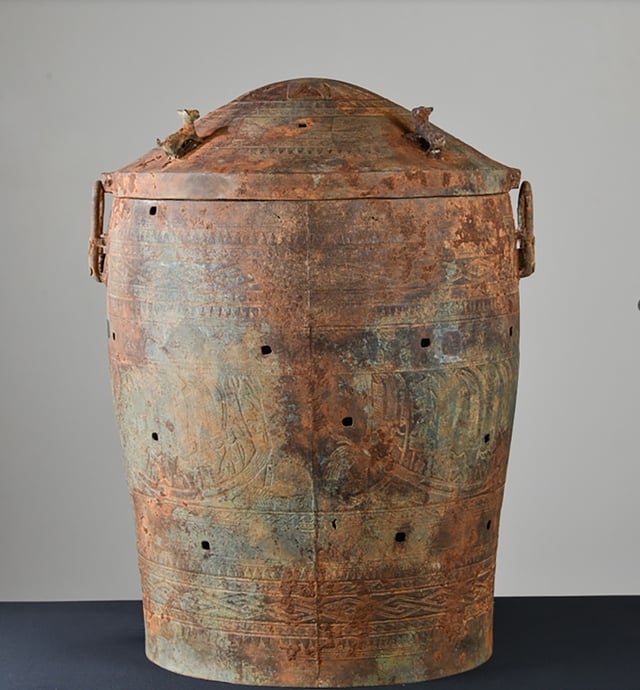



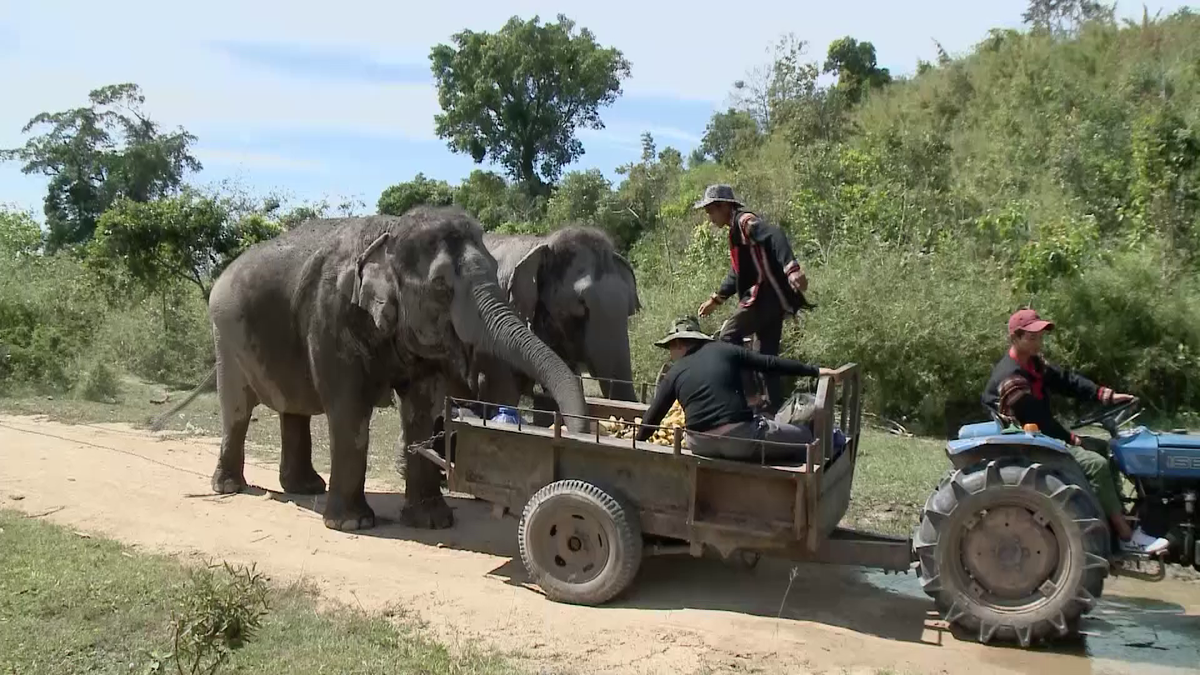


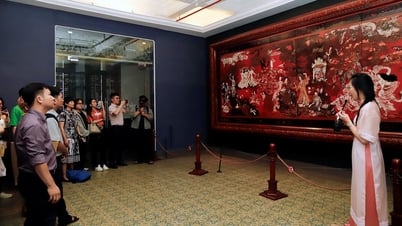

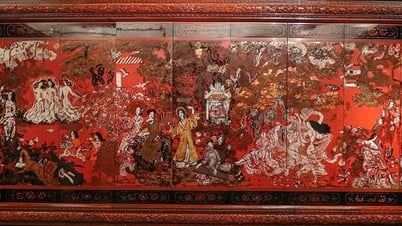


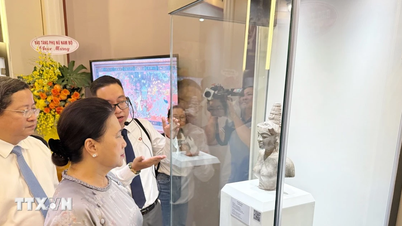

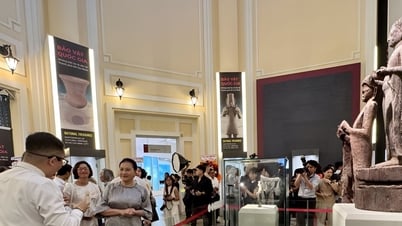

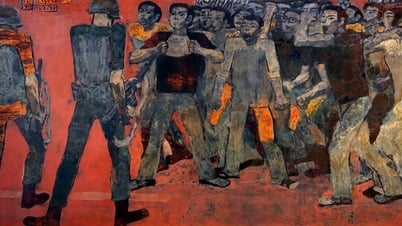
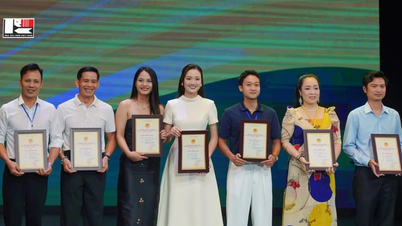
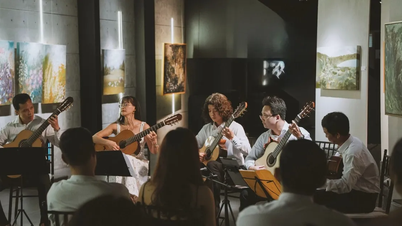























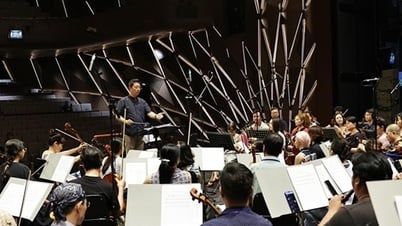

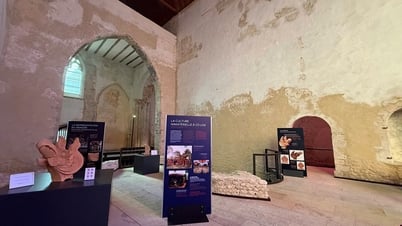
















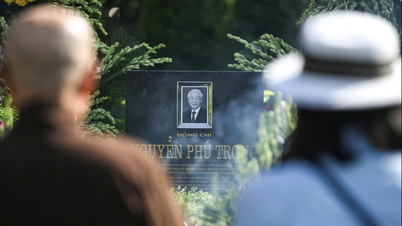


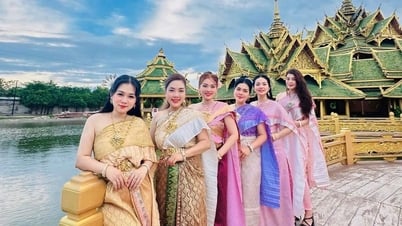


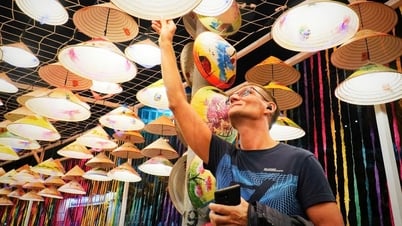









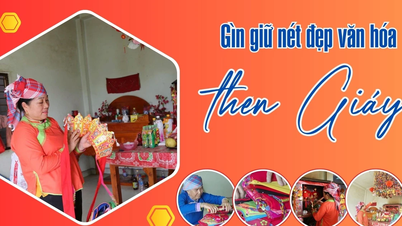




















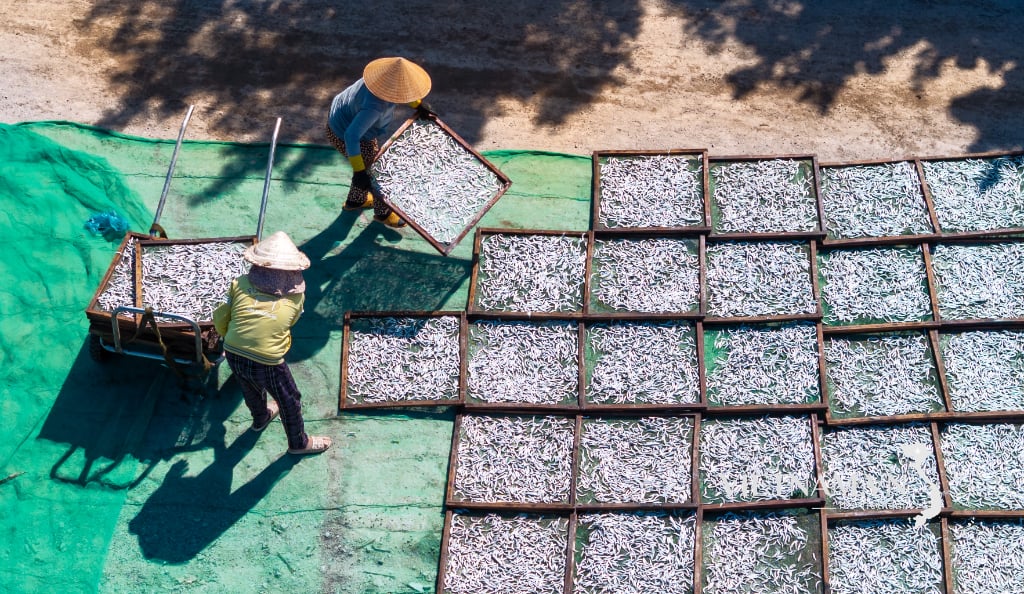
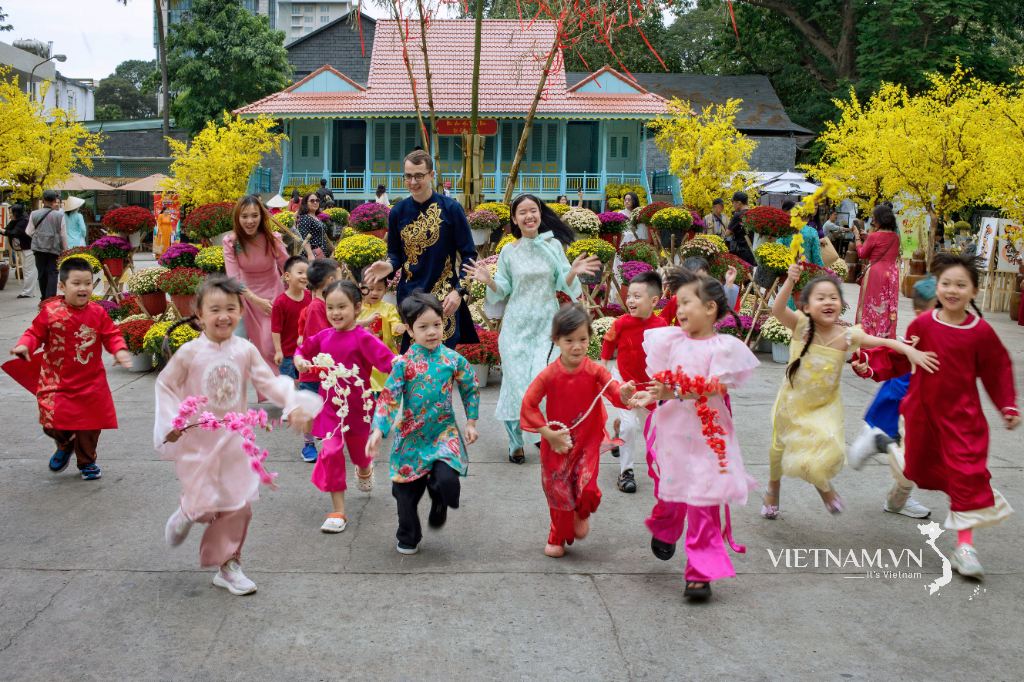
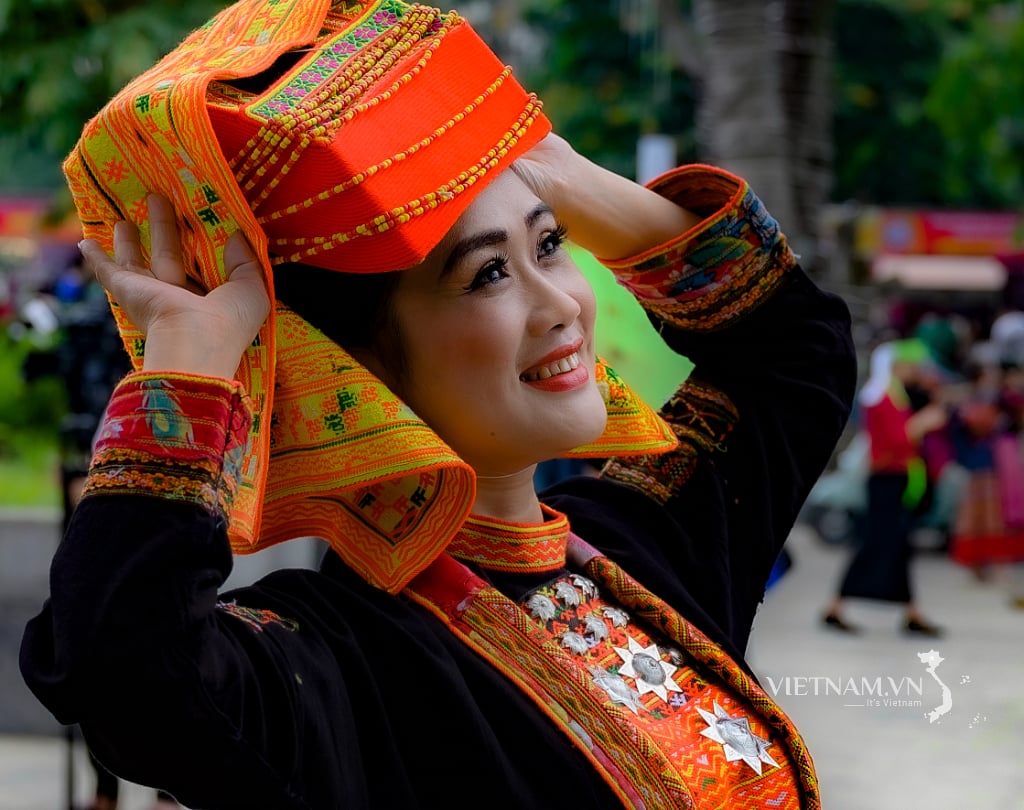
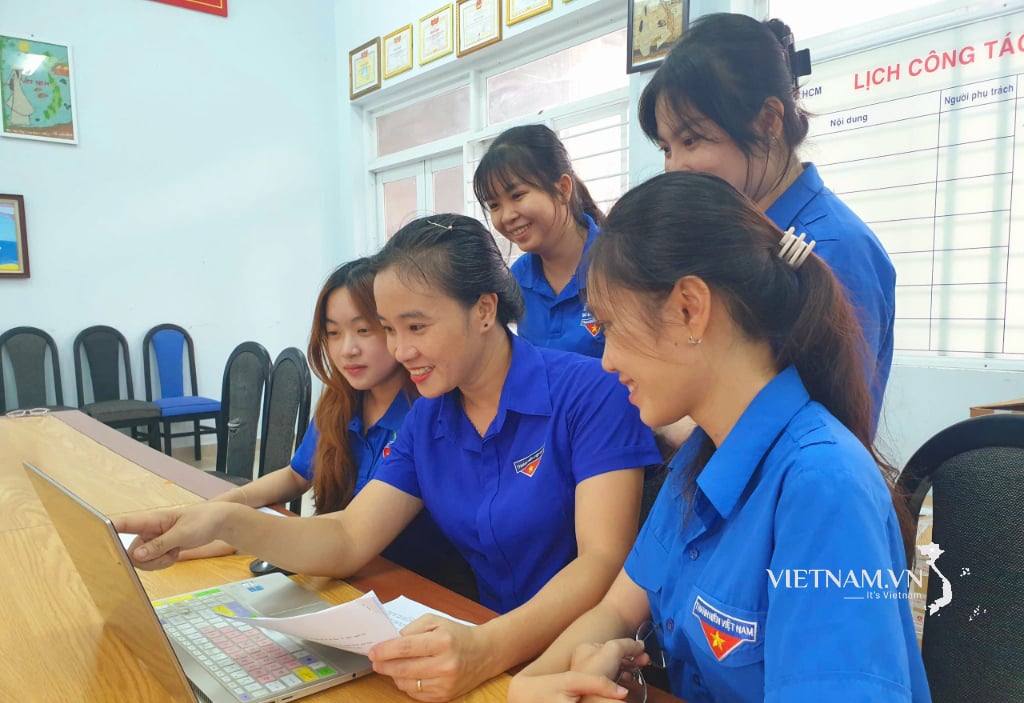
Comment (0)